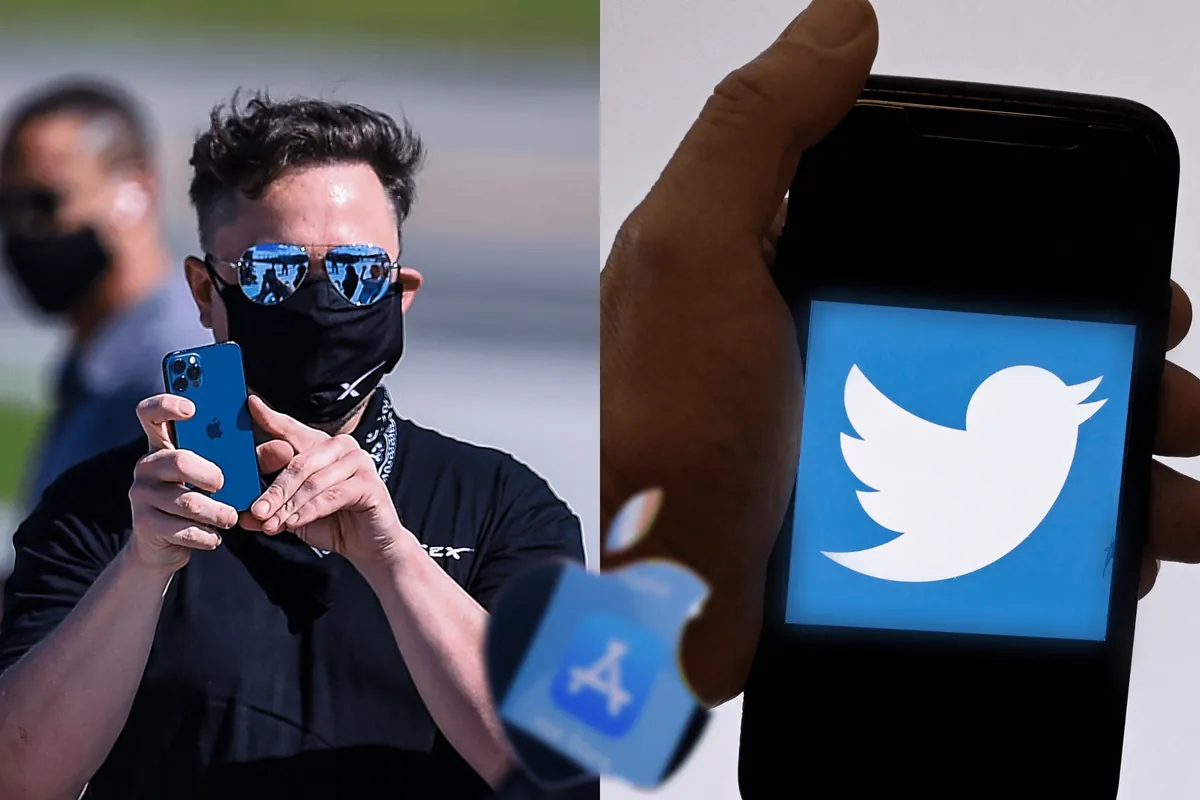Kate Conger and Ryan Mac's book "Character Limit: How Elon Musk Destroyed Twitter" offers an in-depth look at the social media platform's evolution and Elon Musk's controversial acquisition. The authors, drawing from extensive interviews and insider information, paint a vivid picture of the platform's journey from its inception to its current state.
The book delves into pivotal moments in Twitter's history, including the decision to ban former U.S. President Donald Trump. It describes the tense atmosphere as executives deliberated over this unprecedented move, highlighting the platform's struggle to balance free speech with content moderation.
"On the internal dashboard that governed all Twitter accounts, there was a big red button: 'PERMA-SUSPEND.' If clicked, it would permanently terminate a user's account, erasing their social graph. Harvey decided she would be the one to click it."
Conger and Mac provide insights into Musk's motivations for acquiring Twitter, a decision that has had far-reaching consequences. The authors suggest that Musk's $44 billion purchase in 2022, approximately 2 years ago, was partly driven by a desire to outdo his tech rivals, particularly Mark Zuckerberg.
The book portrays Musk as an impulsive leader, often making significant decisions based on his own tweets. One notable incident occurred about 1.5 years ago, when Musk left the Super Bowl early to address why a post by President Joe Biden gained more traction than his own, leading to a controversial algorithm change.
Musk's tenure has been marked by drastic changes, including mass layoffs and alterations to company policies. The authors describe how employees learned of their termination through abrupt removals from video calls, and how benefits like in vitro fertilization coverage were suddenly cut.
The narrative also touches on Twitter's technical evolution. Founded in 2006, the platform has undergone significant changes, including the introduction of hashtags in 2007 and the expansion of the character limit to 280 in 2017. These developments have shaped Twitter into a global communication tool with over 330 million monthly active users as of last year.
Despite Musk's public bravado, the book suggests he may be experiencing buyer's remorse. His leadership has led to a substantial drop in Twitter's value and a shift away from its original vision as a "global town square". The platform now faces challenges with content moderation, bot proliferation, and maintaining advertiser confidence.
The authors conclude by reflecting on the broader implications of Musk's Twitter ownership. They raise concerns about the concentration of power in the hands of tech billionaires and the impact on public discourse. As Twitter, now rebranded as X, continues to evolve, the book serves as a cautionary tale about the intersection of technology, media, and personal ambition.
